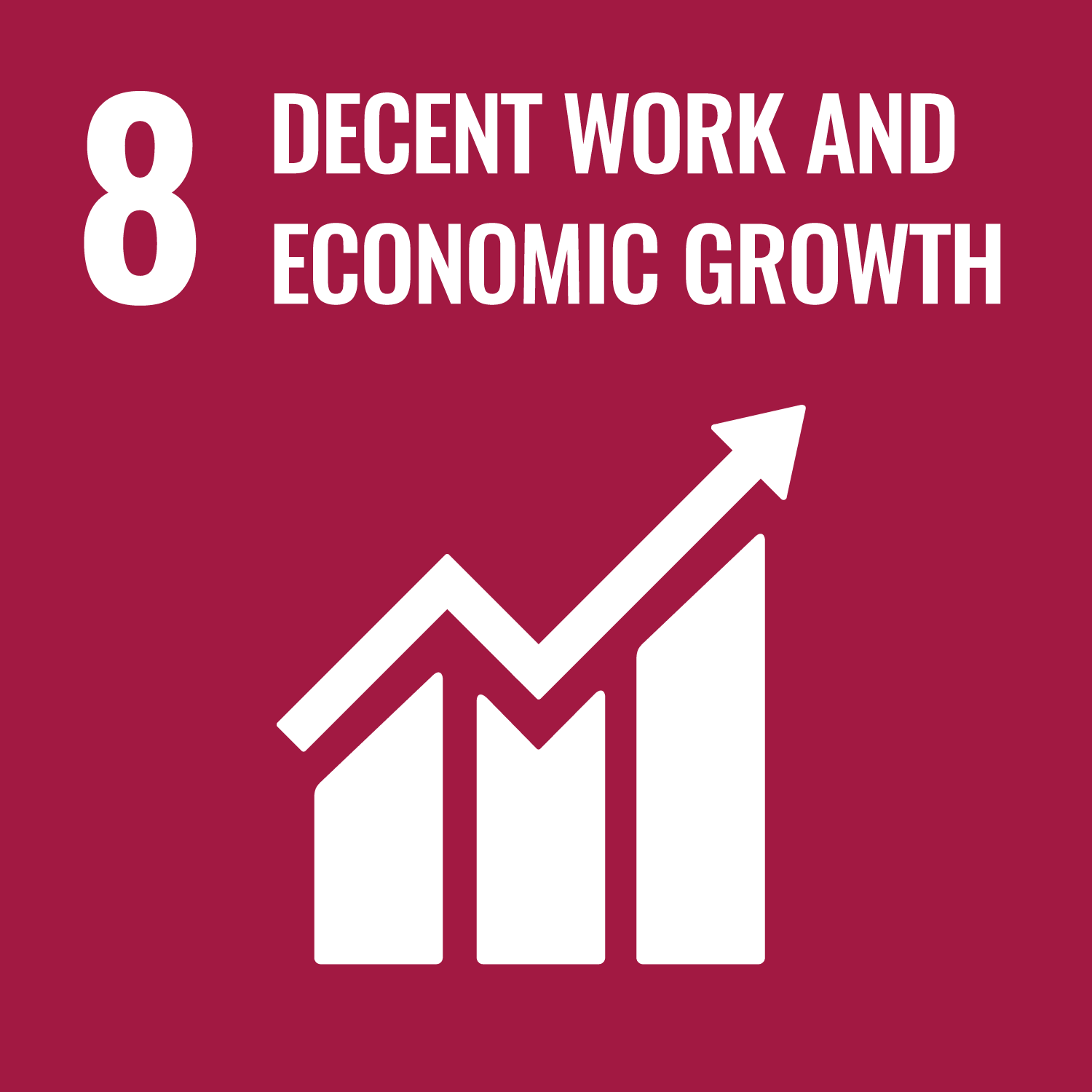SDG Detail
L8615Nonprofit Law and Policy
Postgraduate courseProject description
Nonprofits play a critical role in U.S. society, as well as across the globe. If the U.S. nonprofit sector was a country, it would have the eight largest economy in the world. Nonprofits offer an alternative mechanism, independent of governments, to advance public goals. This course explores a range of legal and policy issues about nonprofits, focusing on their treatment under U.S. law. What are the different types of nonprofits under U.S. law, and how do they differ from each other? What makes them different from for-profit firms, and thus better suited to the private pursuit of public goals? Unlike for-profit firms, nonprofits do not exist to make a profit, but to advance a cause. As a result, how should nonprofits allocate scarce resources without relying on the metric of profitability? More generally, what are the key governance and management challenges that arise in nonprofits and how should they be addressed? What is the role of different stakeholders within nonprofits, including the board, donors, managers, and beneficiaries? What are their sources of legal authority (if any)? What government institutions within the US are responsible for regulating nonprofits? Although government regulation of nonprofits is limited, government funding can be quite significant. Nonprofits receive government financial support from both grants and tax subsidies. Is this funding justified? Is the goal to encourage innovation and to fund ideas that are too controversial or unproven to be implemented by government institutions, which are designed to favor the preferences of the median voter? Or is the goal to rely on donors with "skin in the game" to monitor a nonprofit's performance? Or is the goal to separate the government from sectors, such as religious institutions and the press, which should not be subject to government influence? Or another goal? Are the subsidies structured in ways that are likely to advance the relevant goals? What key tax issues arise for nonprofits and their donors? What are the relevant rules supposed to accomplish and how successful are they in achieving these goals? Classes are organized with problem sheets, which pose questions and offer hypotheticals. Students do not have to hand in these problem sets, but should use them to prepare for class. Class participation is factored into the final grade.
Project aims
?
Project outcome
?
Related SDGs
The corresponding sustainable development goals correlated with this project. You you click the icon to link to SDG category description page.










